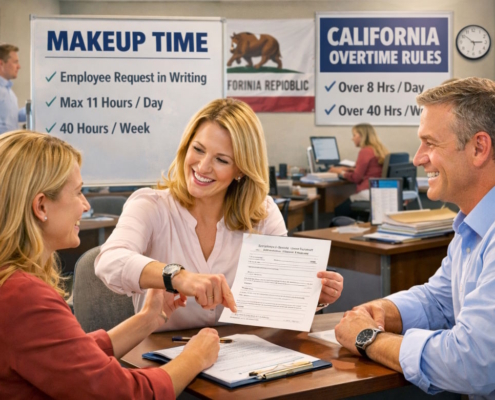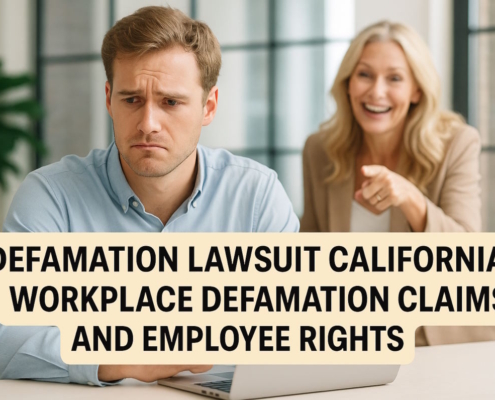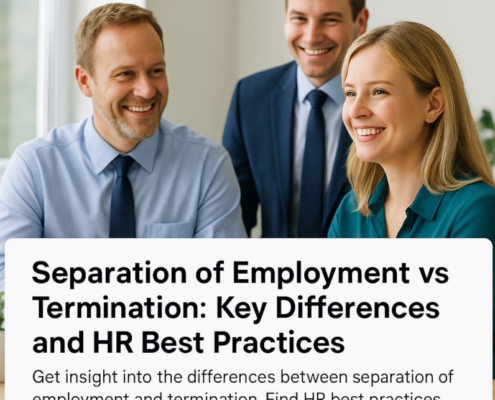Introduction
Ketryn Cornell, the plaintiff in the famous case (Cornell v. Berkeley Tennis Club), claimed that her obesity should be considered a disability within the laws of California. Ketryn Cornell in 1997, then a student at UC Berkeley, started working part-time as a lifeguard & pool manager at the Berkeley Tennis Club. After finishing college (2001), she continued her employment at the Club as a night manager. She took on more responsibilities in 2011 and started working as a tennis court cleaner, day manager, and night manager. During this time, she was given raises, merit incentives, and favorable reviews.
In 2012, the Club hired a new general manager. The uniform policy was put into effect by the new boss. Although the personnel were required to put on uniform shirts, Cornell couldn’t accommodate the largest size that the club bought. At 5 feet 5 inches tall and weighing more than 350 pounds, Cornell was obese. After Cornell informed the general manager that her height required a larger size, he promised to get a suitable uniform ready. It’s unclear, though, if he looked for clothes Cornell would fit. Cornell took the initiative and paid for the Club’s insignia to be printed on shirts she got from a specialty store.
Cornell initiated a lawsuit (May 2014), claiming the 8 causes of action that have been at issue in the appeal, as well as other Labor Code breaches. These included retaliation under the FEHA (Fair Employment and Housing Act), disability discrimination under the FEHA, wrongful termination in breach of public policy caused by disability discrimination, and disability failure/discrimination to make accommodations under the FEHA. This case brought renewed attention to the legal question: “Is obesity a disability?”
Five things California companies should know about the aforementioned discrimination ruling are as follows:
1. According to the Fair Employment and Housing Act, obesity may be considered a physical disability
The central question was: “Is obesity a disability?” Discriminating against a worker on the grounds of “physical disability” is illegal under the FEHA. (Gov. Code, subd. (a), section 12940.) The FEHA forbids discrimination on the grounds of disability and expressly prohibits “failing to offer appropriate accommodation to account for the acknowledged physical handicap of an employee.” Lastly, harassment of an employee “because of physical impairment” is prohibited by the FEHA.
The Club requested a summary assessment of the harassment and discrimination/failure to accommodate claims, arguing that Cornell’s obesity does not qualify as a physical impairment under the FEHA. Additionally, the Club contended that, despite Cornell’s FEHA-protected illness, she did not need an accommodation and wasn’t fired for a discriminatory cause, and that the Club’s actions weren’t severe or widespread enough to qualify as harassment.
Cornell maintained that since obesity is a physiological disease, condition, disorder, anatomical loss, or cosmetic disfigurement that causes each of the following, it was a legitimate physical impairment. (A) Impacts neurological, musculoskeletal, immunological, respiratory, including speech organs, reproductive, cardiovascular, genitourinary, digestive, lymphatic, skin, & endocrine systems. (B) Restricts a significant life activity.
Regarding the query: “Is obesity a disability?”, the California Supreme Court ruled in Cassista v. Community Foods that “weight can be considered as a protected ‘disability’ or ‘handicap’ within the context of the FEHA if medical proof demonstrates that it arises from a medical condition impacting any or all of the fundamental bodily systems and restricts a major life movement.”
The court defined “physiological” as follows: Whether the genetic factor counts as a ‘physiological cause’ is the relevant question. The definition of “physiological” is “pertaining to the operation of living beings.” The Club is not disputing that genetics is included in this phrase. Therefore, we deny the suggestion that Cornell cannot prove her claim by demonstrating a genetic basis for her obesity.
According to the Court, Cornell was able to defeat the employer’s motion for a summary judgment and move forward with the claim through the trial because of her testimony that different doctors had concluded her obesity was genetic in nature and that those medical professionals were not deposed.
2. If the person accused of discriminating against the plaintiff participated in the choice to terminate, the plaintiff may still pursue a discrimination claim even if others were engaged in the decision to terminate
In this instance, the employer contended that the decision to fire Cornell couldn’t have been prejudiced because several supervisors were involved, in addition to the manager in charge, who was accused of discriminating against her. This argument was dismissed by the court, which held:
“Even in the absence of proof that other participants in the procedures harbored such animosity, it is sufficient to demonstrate that a significant player in a workplace decision harbored discriminatory animosity to conclude that the employment judgment itself was discriminatory. Evidence suggests that General Manager Headley harbored a discriminating animosity toward Cornell, as seen by a number of his remarks. There is ample evidence that he was involved in deciding to fire Cornell, even though it is uncertain how much he contributed to the decision.”
The Club contended that, notwithstanding Cornell’s other FEHA rights, her disability discrimination claim should be decided summarily because the harassment wasn’t serious enough or widespread enough. This aspect further reinforced the broader legal inquiry: “Is obesity a disability?” In contrast, the appellate court disagreed:
“In this case, the General Manager’s remarks about getting a uniform shirt which fitted Cornell, his remarks about Cornell undergoing weight-loss procedures, and his advice to the kitchen workers not to offer Cornell more food because “she does not require it” allowed Cornell to provide sufficient proof to at least proceed with her harassment reason for action.”
“Four comments spanning several months are not indicative of a pattern of regular harassment generating a hostile atmosphere at work, particularly considering that the remarks were not harsh,” the Court acknowledged, admitting that four instances of this kind of behavior do not constitute a hostile work environment. A coordinated pattern of harassment that is repetitive, habitual, or widespread is what constitutes actionable harassment, which goes beyond “bothersome or merely insulting statements in the workplace” and cannot be considered “occasional, solitary, sporadic, or inconsequential.”
Nonetheless, the Court determined that the company’s conduct needed to be considered in light of the General Manager’s additional conduct, which included “ordering shirts which were substantially inadequate for her and conveying to the Personnel Department that she had resisted the uniform requirement by not sporting appropriate clothing, as well as paying her much less than another worker and refusing her additional hours & internal job openings.” This proof was sufficient to stop the employer from rejecting Cornell’s allegations of harassment before they went to trial.
4. Making requests for adequate accommodations is a legally protected activity
Subsection (m)(2) was added to section 12940 by the Legislature in 2015, making it illegal for an employer to “retaliate or unlawfully discriminate against an individual for requesting accommodations under this section, irrespective of whether the request for accommodation received approval.”
If employers respond negatively, irrespective of the question “Is obesity a disability?”, such retaliation could form the basis of a separate legal claim.
5. The primary lesson for managers is to show respect to every employee
Managers must be trained to act professionally, especially in a state like California, where the subjective answer to the question “Is obesity a disability?” can lead to serious legal scrutiny.
Some harsh, unjust, and unethical behavior may not be considered illegal harassment, discrimination, or retaliation under the law, but it will unavoidably result in increased litigation expenses and employee turnover.
This story is just another example of how most businesses cannot afford the services of managers like Steve Jobs. Although the employer maintained that the manager’s conduct in that instance was legitimate, the expenses of the litigation would still be high even if the company wins the case at trial. Employers should prevent unprofessional remarks made by managers, supervisors, and coworkers in the workplace because, even though they might not be against the law, they could lead to lawsuits from workers who believe they weren’t handled fairly.































